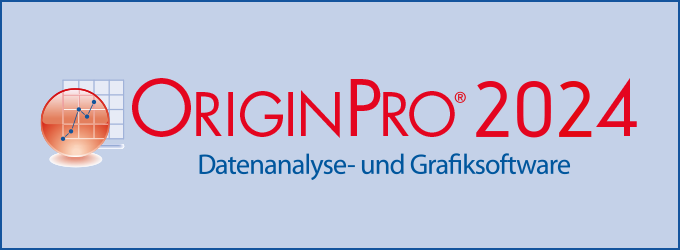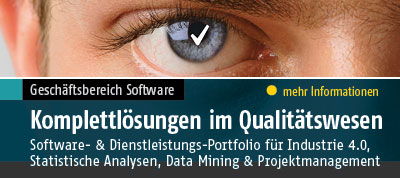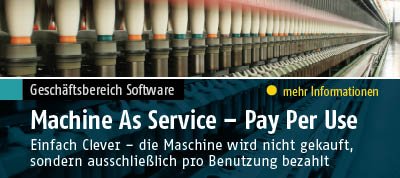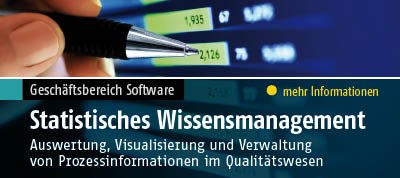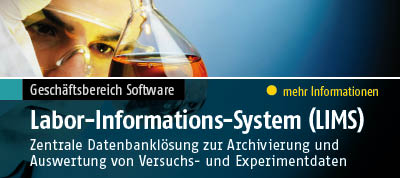What's New in SystemModeler 3
The following features are new in Wolfram SystemModeler 3. Features of previous versions can be found on our MathModelica pages. SystemModeler 3 was previously known as MathModelica.
General
- Welcome screen with quick-start videos for modeling, simulation and analysis, and other resources.
- New license system with web activation and management through Wolfram User Portal.
- Floating network license for all supported platforms.
Model Libaries
- Support for Modelica standard library Version 3.1, with electrical, mechanical, magnetic, and thermal domains, etc.
- Constrained 3D mechanical systems are now supported with MultiBody components and automatic 3D real-time animation.
- Electromagnetic systems are now supported with the addition of the magnetic FluxTubes library.
- Systems biology is now supported through the BioChem library and import/export for systems biology markup language (SBML).
- Support for handling different versions of libraries.
- Improved IntroductoryExamples package.
Documentation
- Documentation is now available from the web.
- Dramatically improved documentation of built-in model libraries, including parameters, connections, links to examples, etc.
- Automatically generated documentation for models, packages, etc.
- WYSIWYG editing of embedded HTML documentation makes it easy to add professional-looking documentation to models.
- Improved model and experiment publishing feature makes it easy to automatically publish your models, visualizations, etc.
Modeling
- Model browser is now divided into four sections: Examples, Libraries, User Classes, and Recently Used Components.
- Faster browsing of model libraries and components.
- Connections between components are now color-coded to indicate domains.
- Automatically create hierarchical models by selecting components in the diagram view.
- Easily drill into components in hierarchical models to configure them (set parameters, initial values, etc.).
- Interactive support for replaceable components, allowing reconfigurable models.
- Annotations are now by default hidden in the Text View for improved readability.
Simulation
- Improved visualization aesthetics with plot themes, grid styles, etc.
- Improved visualization functionality with restricted time range.
- Support for attaching shapes (DXF or OBJ formats) to multibody components.
- Support for attaching a camera to multibody components.
- Import of .mat and .txt data that can directly drive models.
- Support for storing parameter settings from an experiment within the model or generating a new model with those settings.
- Dynamic state selection is now supported, including full configurability at model or package levels.
- Support for the annotation of Evaluate, allowing parameter inlining for improved simulation performance.
- Generic TCP/IP-based communication interface for connecting simulations with other applications.
- Possibility to synchronize simulation with real time.
- Support for real-time updating of 2D and 3D visualization.
- New fixed-step explicit solvers suitable for real time: explicit Euler, Heun, and fourth-order Runge–Kutta.
Analysis
- New Wolfram SystemModeler Link™ package for connecting Mathematica to SystemModeler.
- Extensive documentation with tutorial and hundreds of examples.
- Directly simulate any Modelica model with control over parameters, initial values, solvers, etc.
- Access to simulation data, including interpolating functions, events, etc.
- Automatically parallelized parameter sweeps.
- Directly compute parameter sensitivities for model calibration and optimization.
- Immediate visualization of simulation results, such as parameter sweeps, sensitivities, etc.
- Access to Modelica model data, including equations, variables, parameters, etc.
- Support for updating Modelica models, such as parameter and initial values.
- Direct support for model linearization typically used for control design.
- Direct support for finding steady-state or equilibrium states for models.
- Full integration with control system functionality.








